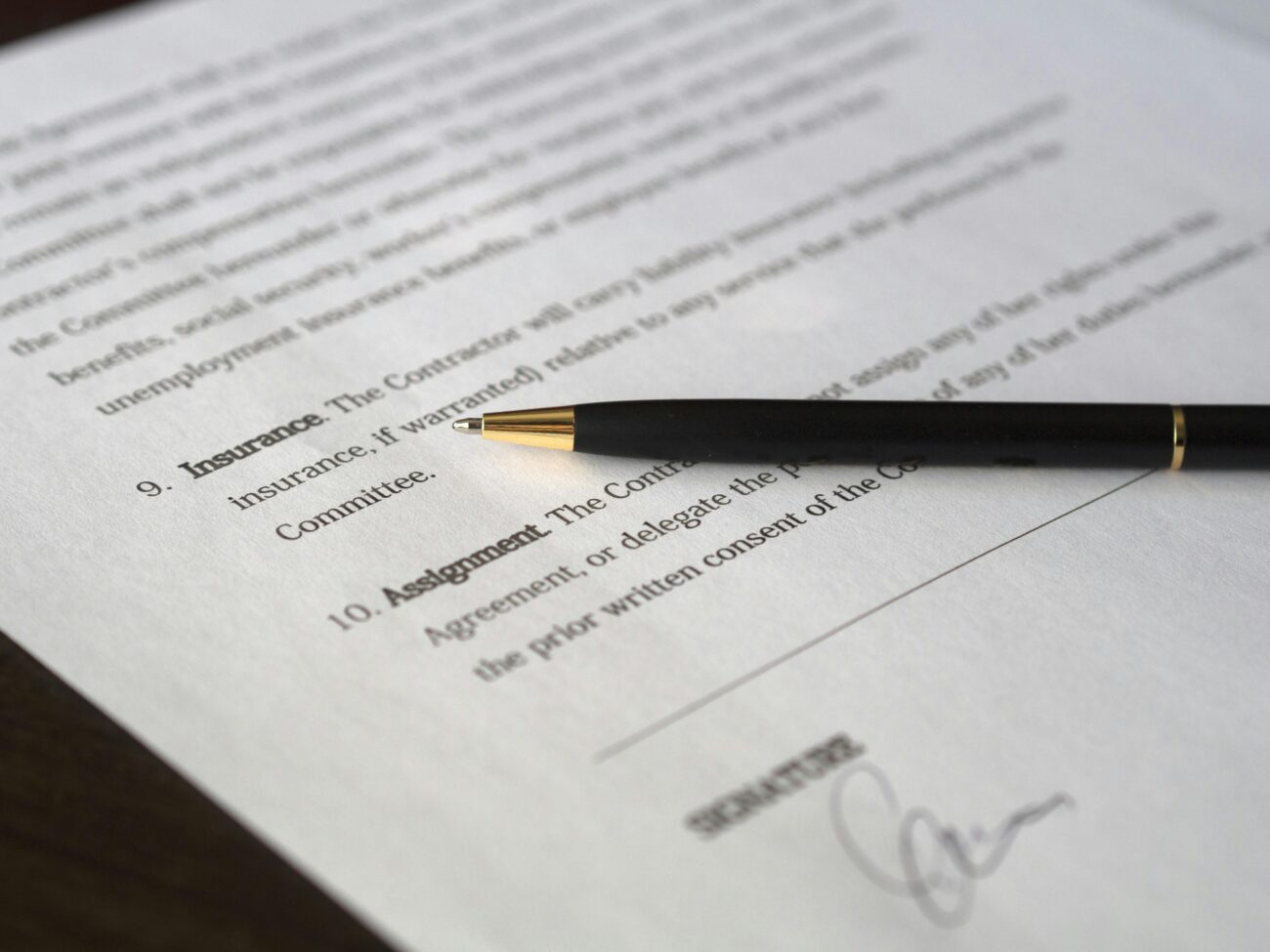Understanding your auto insurance declaration page is crucial for every driver. This one-page document summarizes your policy, including coverage details and costs. Not only does it clarify what you’re paying for, but it also helps you know what to expect in the event of an accident or claim. Let’s break down the key elements of this essential document in a straightforward way.
What is a Declaration Page?
The declaration page, often referred to as the ‘dec page’, is typically the first page of your auto insurance policy. It provides a snapshot of your coverage and important policy details.
Main Components of a Declaration Page
1. Policyholder Information
- Name: Who the policy is issued to.
- Address: Where the policyholder resides.
- Contact Information: Phone numbers and email addresses.
2. Vehicle Details
- Make and Model: What kind of car is covered.
- VIN: Vehicle Identification Number.
- Year: The model year of the vehicle.
3. Coverage Types
This section outlines your coverage options, including:
- Liability Coverage: Mandatory in most states to cover damage you cause.
- Comprehensive Coverage: Protects against non-collision incidents like theft or natural disasters.
- Collision Coverage: Covers damage to your vehicle in an accident.
- Uninsured/Underinsured Motorist Coverage: Protects you if you’re in an accident with someone lacking sufficient insurance.
4. Premiums and Deductibles
This area details your monthly premiums and the deductibles you’ll be responsible for in case of a claim.
5. Policy Limits
Here, you’ll find the limits of your coverage, which is the maximum amount your insurer will pay for a claim.
Why is the Declaration Page Important?
Your auto insurance declaration page serves several essential functions:
- Provides clarity on your coverage.
- Helps you confirm that all details are correct.
- Assists in reviewing your coverage during renewals.
- Can be required by lenders if your car is financed.
How to Read Your Declaration Page
Reading your declaration page might seem overwhelming, but here are some tips:
- Start at the top, focusing on your details as the policyholder.
- Check the vehicle sections to ensure all information is accurate.
- Review coverage types to confirm that you have adequate protection.
- Know your premium and deductible amounts.
Common Mistakes to Avoid
When reviewing your declaration page, avoid these common pitfalls:
- Ignoring errors in personal or vehicle information.
- Not updating your policy when selling or buying a new vehicle.
- Overlooking potential discounts you may qualify for.
Conclusion
Being aware of what your auto insurance declaration page entails can save you time and stress in the long run. Keeping an eye on your policy details will ensure you have the necessary coverage when it matters most.
If you’re unsure about any details on your declaration page, consider reaching out to your insurance provider or checking out their website for more information: Insurance Information Institute.
